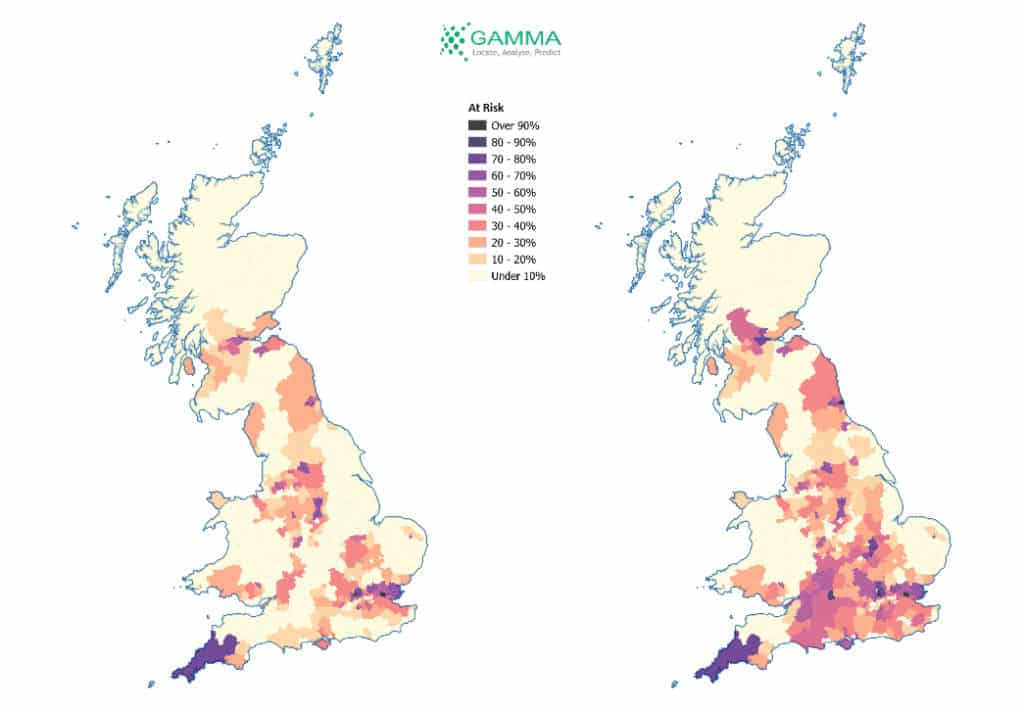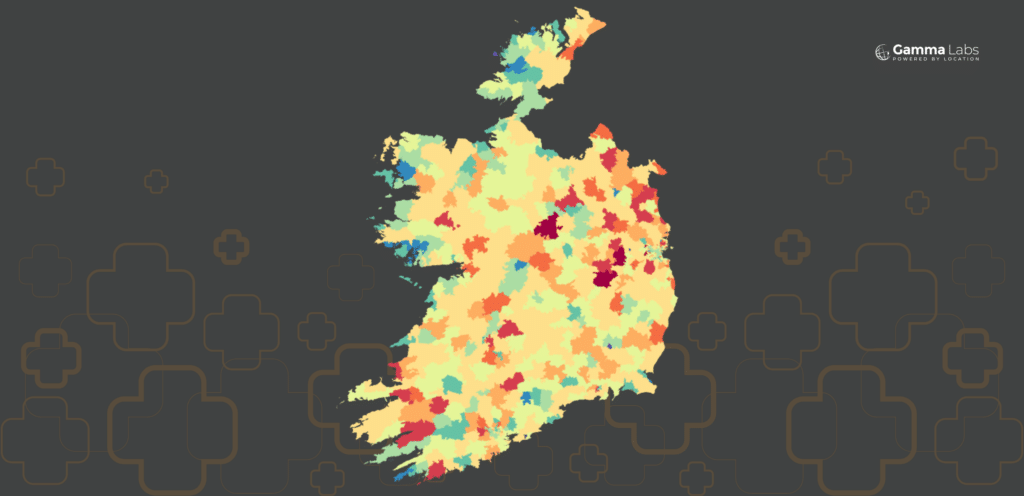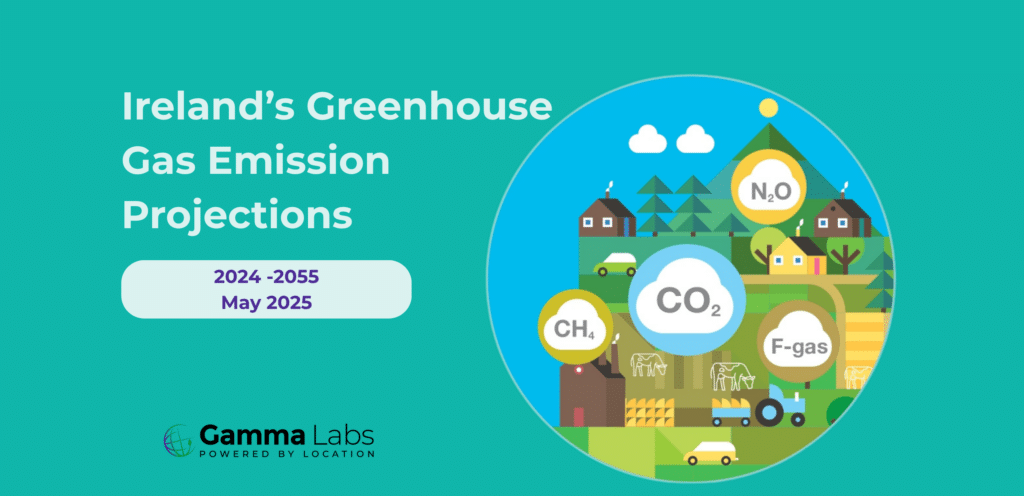Climate change impact to put millions of properties in Great Britain at risk by 2050

Britan’s climate is changing, and the effects will be widespread and varied across the country. We have worked closely with recognised experts in the domains of flooding and subsidence, Ambiental and Terrafirma respectively, to assess the impact of Britains changing climate on properties. An additional 1.3 million properties will be at risk of flooding by 2050 in some climate change scenarios, for subsidence the figure is even higher at 1.9 million in the same scenarios. The additional insurance exposure for flooding is in the region of £50 Billion. Typical subsidence claims are lower than flooding claims, but are expected to be more widespread and will result in additional exposure of almost £12 billion by 2050. Areas such as the south and east coasts are particularly at risk of increased flooding, while subsidence risk is expected to increase in areas where clay soils are prevalent, such as the North-East and West Midlands.
Richard Cantwell, Senior Spatial Data Scientist, Gamma Location Intelligence, said: “Global warming is already having an impact on our daily lives, but the effects of it will become far more tangible and extreme in the years to come. And Great Britain could be particularly affected.
“Data indicates that summers in the UK have gotten wetter and storms are becoming more common – February just past was the wettest February in Britain since records began due to the arrival of three named storms during the month – Ciara, Dennis and Jorge. The reality is that global temperatures are continuing to rise, and flooding is becoming more common place. If expected trends continue, a large number of properties will be newly impacted.

FloodFutures™ Fluvial & Pluvial Layers, 2050 High Emissions Scenario, Cumbria: map shows the potential impact of flooding in the Cumbria area in a high emissions scenario.
“As well as flooding, climate change is also increasing the risk to buildings stemming from subsidence. The dry summer in 2018 saw massive increases in losses. Such insights are not only valuable for homeowners, but also local authorities and insurance companies as we start to plan for the future. While it is hard to predict at what rate such scenarios will unfold, what is certain is that the necessary infrastructure needs to be put in place to cater for the changing environment, protect the landscape and reduce location risk.”
To find out more, you can access the white paper here.

Properties at risk of subsidence baseline and 2050 – comparative maps showing the current subsidence risk to properties across Great Britain alongside the potential subsidence risk by 2050 in a high emissions scenario.
@ 2020 Gamma.ie by Monika Ghita
About Gamma
Gamma is a Location Intelligence (LI) solutions provider; we integrate software, data and services to help our clients reduce risk through better decision-making. Established in Dublin, Ireland in 1993, and with offices in Manchester, UK and Bilbao Spain, the company has expanded to become a global provider of information systems, micro-marketing solutions and geographical analysis services. Gamma Location Intelligence’s Perilfinder™ risk mapping platform is the number one underwriting solution used by Irish insurers to assess environmental risk.



